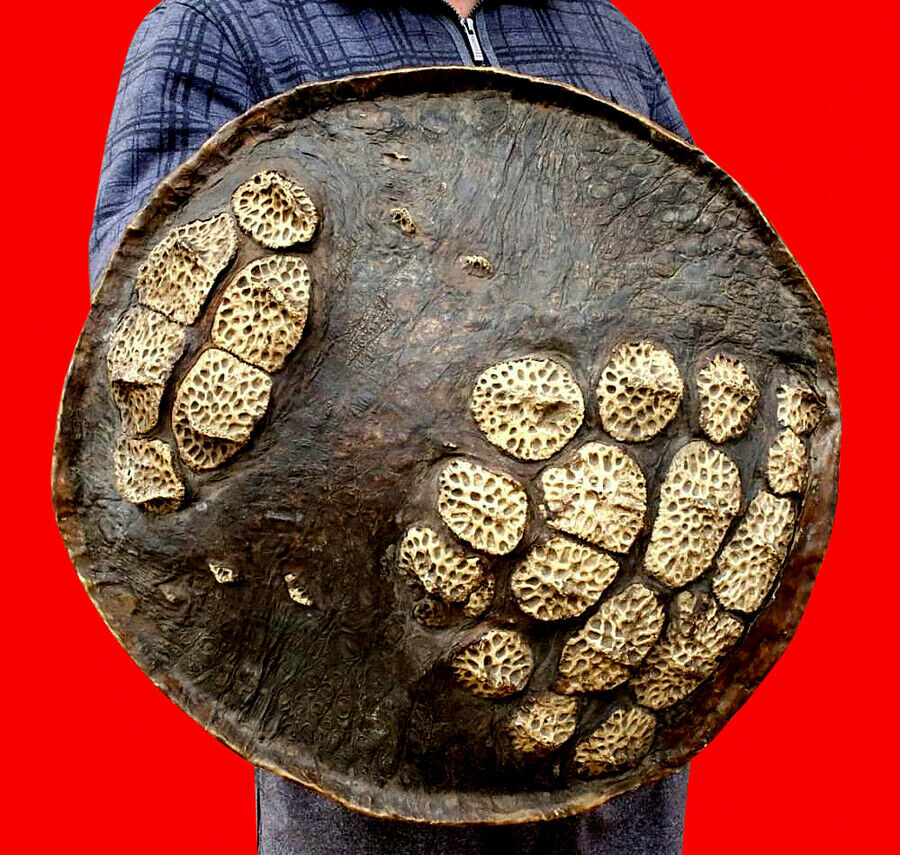-40%
VTG Black Americana Art Figurine Chalkware Woman Headwrap Statue Colonial Era ?
$ 52.8
- Description
- Size Guide
Description
For sale is this original and one-of-a-kind Chalkware sculpture of a lovely young African woman wearing her beautiful head wrap.It's very hard to date . I searched the internet for several hours looking for a similar one, but I couldn't, we all know how rare these types of art sculptures are.
I'm not sure how old those piece is, it can be earlier 1900's to 1940s, but maybe older, their isn't much information, but based on my research, I found the following.
The piece is in good VIntage condition, as expected from something this old, you have you small chips and pain missing but nothing major that will take away from its beauty as you can see in the pictures , make sure to look at all the pictures. I know their are collectors that do restorations, and some just like it to be all original
A collection of African Americana As I delved into the various Afro American art genres that I was able to source,
Mostly consist of ceramic and chalkware sculptural pieces.
Her headwrap bears secret symbols, and Royal seals…
just like when the Soul Sisters of All Shades today
Choose to wrap their heads in exotic wrap’ns
THE HISTORY OF HEADWRAPS IN THE COLONIAL ERA :
Headwraps are traditional attire in many Sub-Saharan African cultures. The Yoruba in Nigeria call their artfully folded wraps geles. Ghanaian women call theirs dukus. South African and Namibian women often use the Afrikaans word doek. Where, when, and how headwraps are styled may represent wealth, ethnicity, marital status, mourning, or reverence. Despite the dispersal of African communities due to the Trans-Atlantic slave trade, emancipation, the Great Migration, and globalization, this black hair fashion has stood the test of time and space. The headwrap materially links black women of the West with the traditions of their ancestors and with their cousins across the Atlantic.
However, in the United States, wraps have a much darker history. They were forced on African women as symbols of slavery. There were laws in place that made it illegal for black and bi-racial women to be in public without something covering their hair — a law that did not apply to white women. This law also applied to freed slaves and was meant to shame black hair. Even after women like abolitionist Sojourner Truth were freed, many were still obligated to cover their hair.
A more complete history of the African American head scarf is presented in the book History of the French Quarter by Herbert Asbury. The Tignon head wraps as it was known were widely worn by slaves and free blacks in the colony.
The free women of color began to compete with the Creole women in fashion, especially in the realm of the dressing of hair and colorful hats bedecked with exotic plumage. It forbidding women of color from wearing European hats or going bare headed, but instead, they were required to cover their heads with the turban-like knotted head scarves similar to those worn in west Africa. The ladies of color took what was supposed to be a mark of secondary class distinction and made it their own distinctive mark of fashion by using bright colored clothes.




















